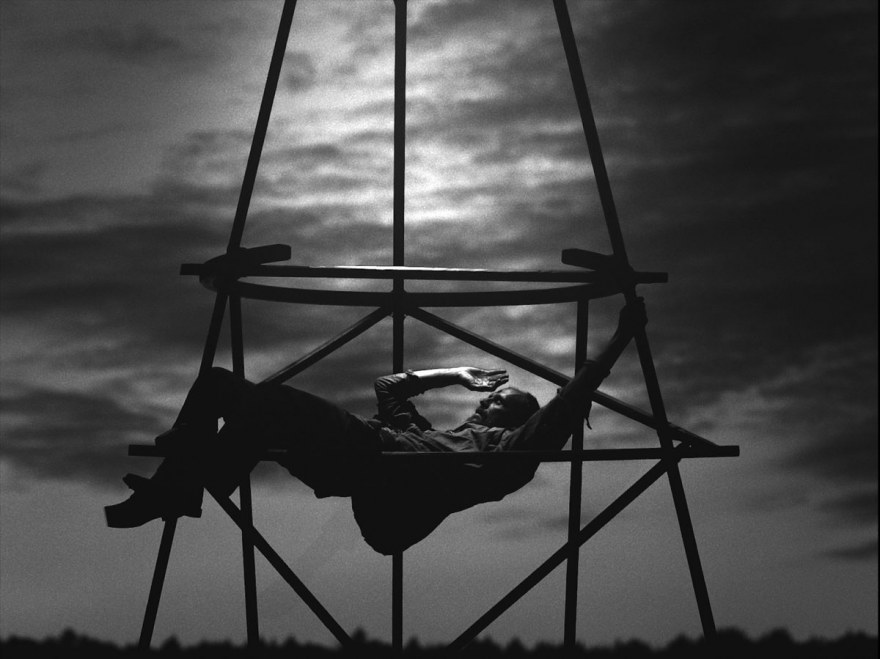Lunch with Shadow Nettes
An interview with Phillip Barker, director of Shadow Nettes.
Why did you choose to make a film about fishing and nets in particular?
I like to fish. I often fish with my son. It’s nice to be in a boat, to talk with him about things. Together, we imagine the fish underwater. The underwater world is both alluring and frightening for me. There’s a connection between the underwater and my subconscious thoughts and desires. I’m not very good at fishing, and upon the rare occasion that I get a fish on the line, I wish the fish would spit it out and I wouldn’t have to deal with the reality of unhooking it. I like the ritual of fishing, the gear, learning the skills. There’s something deeply mysterious about the habits of the fish, the secrets of where the fish are, the sharing of these secrets between fishers who trust each other. I like that netting is diaphanous, it lets things flow through, but also captures other things, similar to a scrim in theatre, or like the way a projection screen reflects light back to us, like a mirror, but temporary and ephemeral. Like a Native American dream catcher.
Have you been partly inspired by the myth of Narcissus?
Not consciously, although it came to mind while filming the echo scene at the lake. I am a fan of myths around water (like the myth Soul Cages, explored in my film of the same name). I like the ideas behind sirens, mermaids, etc. but have an aversion to art and film that simply recreate them. The idea of creating my own myth got me out of this illustrative reinterpretive way of working.
To what extent did you seek to deal with the arrival of puberty and how did you approach the question of transmission in Shadow Nettes?
Yeah, it’s a big thing. When Bo starts the film lying on the tree I imagined he was in the center of his own coming of age, and how he begins to create his own reality, to forge his own destination. His coming of age is how Da, the father, knows it’s time to make his own sacrifice and pass on his life to his son.
Why did you decide to make the film in black and white?
Although black and white film (and also the 1.33 aspect ratio) reminds us of the past, in this fictional world perhaps technology developed slower, or in a different direction altogether.
Do you have experience with shadow play?
It’s primordial. Fire, shadows on cave walls. It seemed fitting to play out primal gestures to attract prey as shadows. As a child, I liked playing with cut out paper and a flashlight.
Why did you decide that Shadow Nettes characters would only use non-verbal communication?
The Shadow Nette Fishers exist in a world parallel to ours. They do speak, but the language has not been deciphered. They communicate with their bodies.
What sort of freedom would you say the short format allows?
I don’t know if length has anything to do with it. I decided to make films that exist outside of commercial feature film, (an industry that is strip mining our culture by the way!).
If you’ve already been to Clermont-Ferrand, could you share with us an anecdote or story from the festival? If not, what are your expectations for this year?
Happily, this is my fourth visit to Clermont. One time I visited with my wife and son who was 3 months old. He spent a lot of time in the dark. The audience noticed that during screenings his gurgles, burps and farts, although random, seemed to coincide with the various films plot turns, serving as appropriate and often insightful commentary.
Are other showings scheduled?
In September of 2017, the film premiered at The Toronto International Film Festival, and won Best Canadian Short Film at The Vancouver International Film Festival.
Shadow Nettes is being shown in Lab Competition L5.








